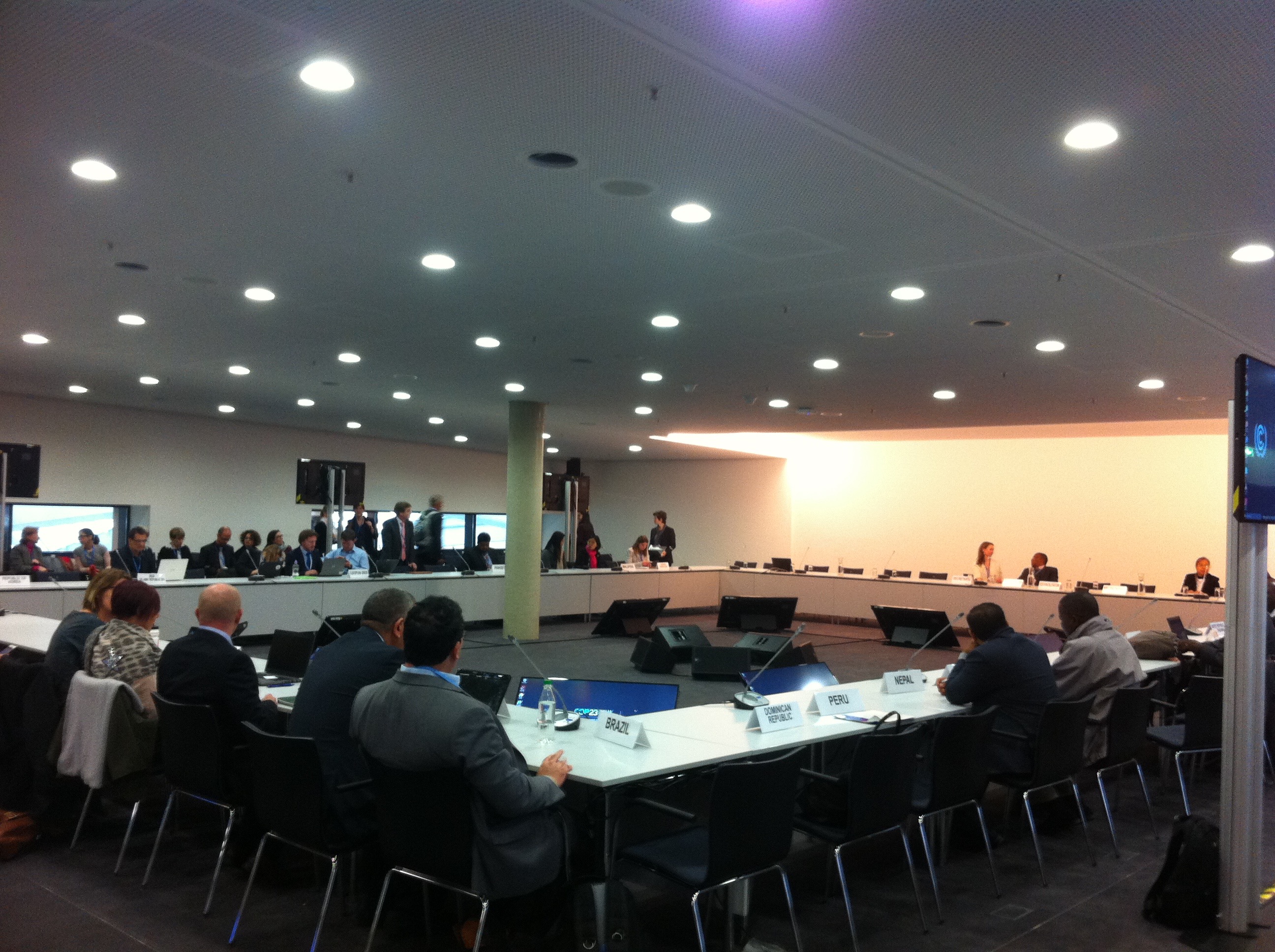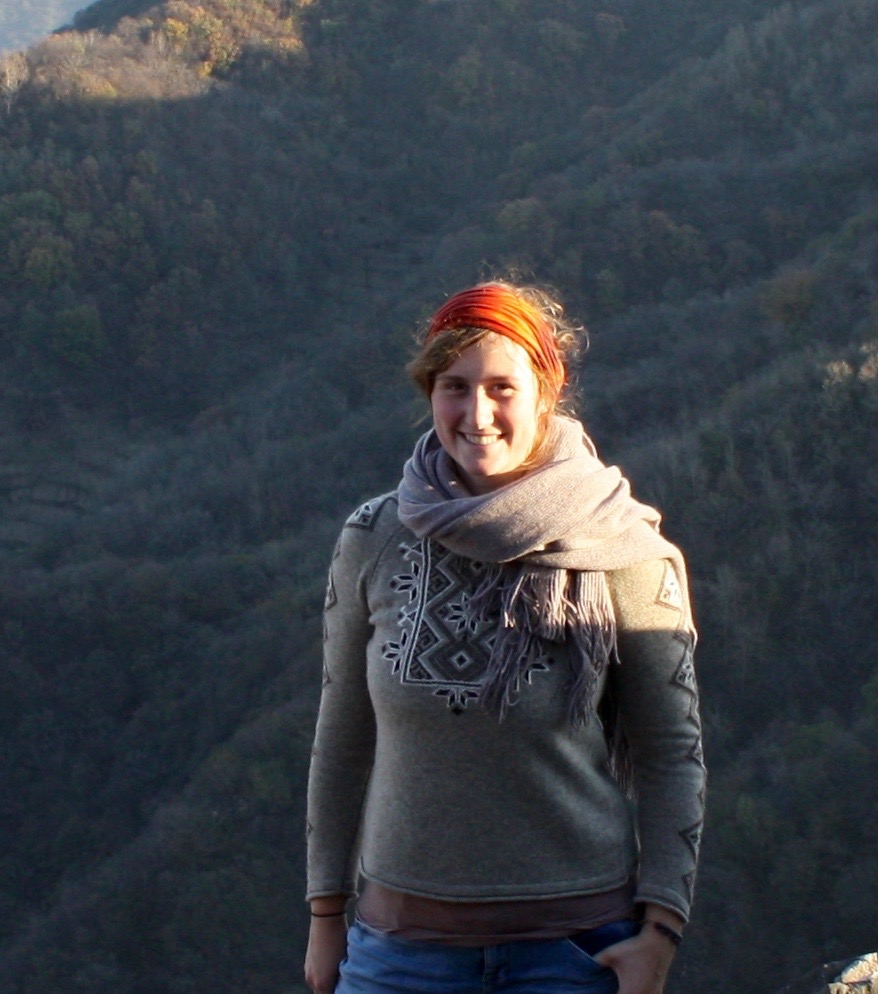IUCN and the NDCs
IUCN (the International Union for the Conservation of Nature) may be known to a lot of readers. As an umbrella for many environmental organizations, the IUCN seeks to create capacity building in knowledge exchange and funding transfer, and also serves as a platform for organizations to foster landscape conservation and forest restoration. Under the Paris Agreement, all countries are required to declare national emission reduction targets, called ‘nationally determined contributions’ (NDCs), which they must regularly submit to the UNFCCC (United Nation Framework Convention on Climate Change). The IUCN has undertaken research that identified any references to forests embedded within NDCs. Only eight countries have NDCs that include unconditional sectoral targets; the IUCN has therefore called for the translation of NDCs into robust and implementable policy instruments.
A summary of forest financing mechanisms
Another event hosted by the IUCN addressed the issue of financing forest landscape restoration. The forest financing mechanism is quiet complex, and there are a mixture of funding sources e.g. from the World Bank or the GEF (Green Climate Fund) which are supplemented by bilateral funding (e.g. from Norway, the UK or Germany). The Environmental Defence Fund (EDF) undertakes holistic mapping of financing flows, one of which is the REDD+ mechanism (Reducing Emissions from Deforestation and Forest Degradation). The idea behind REDD+ is to prevent deforestation by providing monetary incentives for the conservation of forested land, and therefore foster effective forest policy at the national level. Another point of discussion was the complexity and difficulties for forestry-related stakeholders within single countries to understand access to funding mechanisms. The critical issue of smallholder financing and how to optimize payment distributions was also raised.
The “Bonn Challenge”
This is an important one to me because, even though it was launched in 2012, I first learnt about the initiative this week at COP23. Under the guidance of the German government and the IUCN, the Bonn Challenge facilitates a political dialogue, and fosters pledges from nations and private companies to restore large amounts of land. It also serves as a tool to regionalize the processes of forest restoration through regional conferences and knowledge transfer. The initial goal was to restore 150 million ha of forest by 2020. However, this goal has already been achieved, with164 million ha already planted.
SBSTA & the crew from Bula zone
In the “Bula Zone”, where the official negotiations take place, you can find yourself subjected to countless abbreviations that refer to the various bodies that are active in the negotiations. Here is just a short introduction to some:
SBSTA – Subsidiary Body for Scientific and Technological Advice. The SBSTA serves as a link between information provided by expert sources (such as the International Panel on Climate Change (IPCC) and the Conference of Parties (COP), which focuses on setting policy.
APA – Ad Hoc Working Group on the Paris Agreement
AOSIS – Alliance of Small Island States. This one is especially important because Fiji holds the presidency of COP23 this year.
SBI – Subsidiary Body on Implementation. The SBI assesses and reviews the effectiveness of the implementation of the Convention, the Kyoto Protocol, and the Paris Agreement. The SBI also advises the COP on budgetary and administrative matters.
 Being in the Bula Zone is almost an intimidating experience. Having said that, the meetings are not necessarily all that interesting. I am impressed by the countless ways to say, “I am very thankful to be here” and, “Thank you honourable co-facilitator for the opportunity to host this event”.
I have provided just a short insight here; the full list of abbreviations is much longer. All in all, the language used at COP23 poses a significant barrier to taking part in processes. Still, it is worth keeping up, because the insights you gain about the framework setting and the ideas of various countries for the future of our global forests are worth the effort!
Being in the Bula Zone is almost an intimidating experience. Having said that, the meetings are not necessarily all that interesting. I am impressed by the countless ways to say, “I am very thankful to be here” and, “Thank you honourable co-facilitator for the opportunity to host this event”.
I have provided just a short insight here; the full list of abbreviations is much longer. All in all, the language used at COP23 poses a significant barrier to taking part in processes. Still, it is worth keeping up, because the insights you gain about the framework setting and the ideas of various countries for the future of our global forests are worth the effort!
 To close with a final acronym, the FAO (Food and Agriculture organization) will launch a new online forum for exchange between researchers, policy makers and practitioners on (and here it comes) FLRM (The Forest and Landscape Restoration Mechanism). This mechanism has crossed my path several times throughout COP23 and is one of the next “big things” in landscape and forest management.
To close with a final acronym, the FAO (Food and Agriculture organization) will launch a new online forum for exchange between researchers, policy makers and practitioners on (and here it comes) FLRM (The Forest and Landscape Restoration Mechanism). This mechanism has crossed my path several times throughout COP23 and is one of the next “big things” in landscape and forest management.
 Kirsten Krüger holds a Bachelor degree in ‘International Forest Ecosystem Management’ from the University for Sustainable Development in Eberswalde, Germany. She specializes in sustainable forest utilization and value chain research. If you want to climb a mountain, Kirsten will be the first one to accompany you!
]]>
Kirsten Krüger holds a Bachelor degree in ‘International Forest Ecosystem Management’ from the University for Sustainable Development in Eberswalde, Germany. She specializes in sustainable forest utilization and value chain research. If you want to climb a mountain, Kirsten will be the first one to accompany you!
]]>